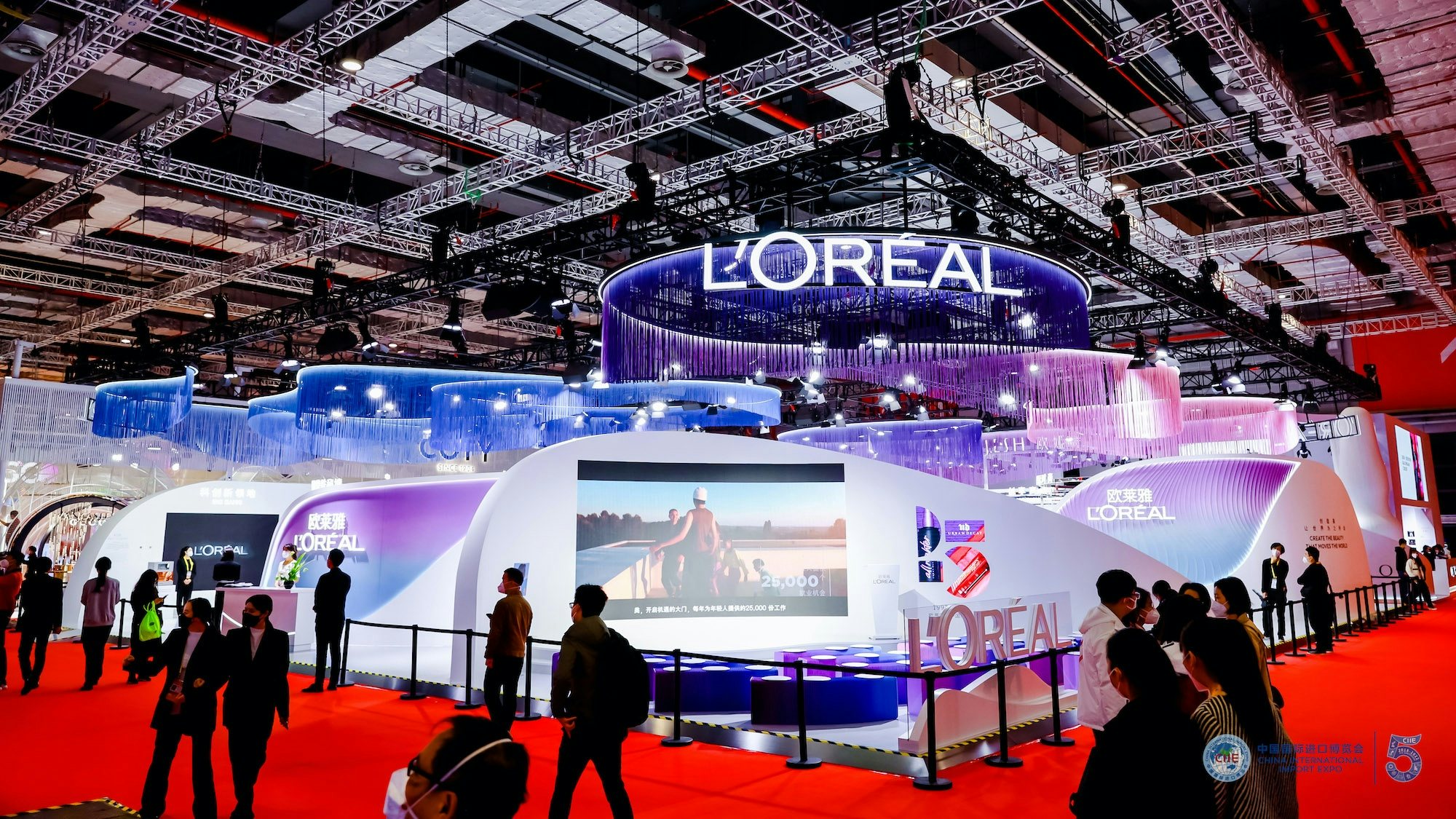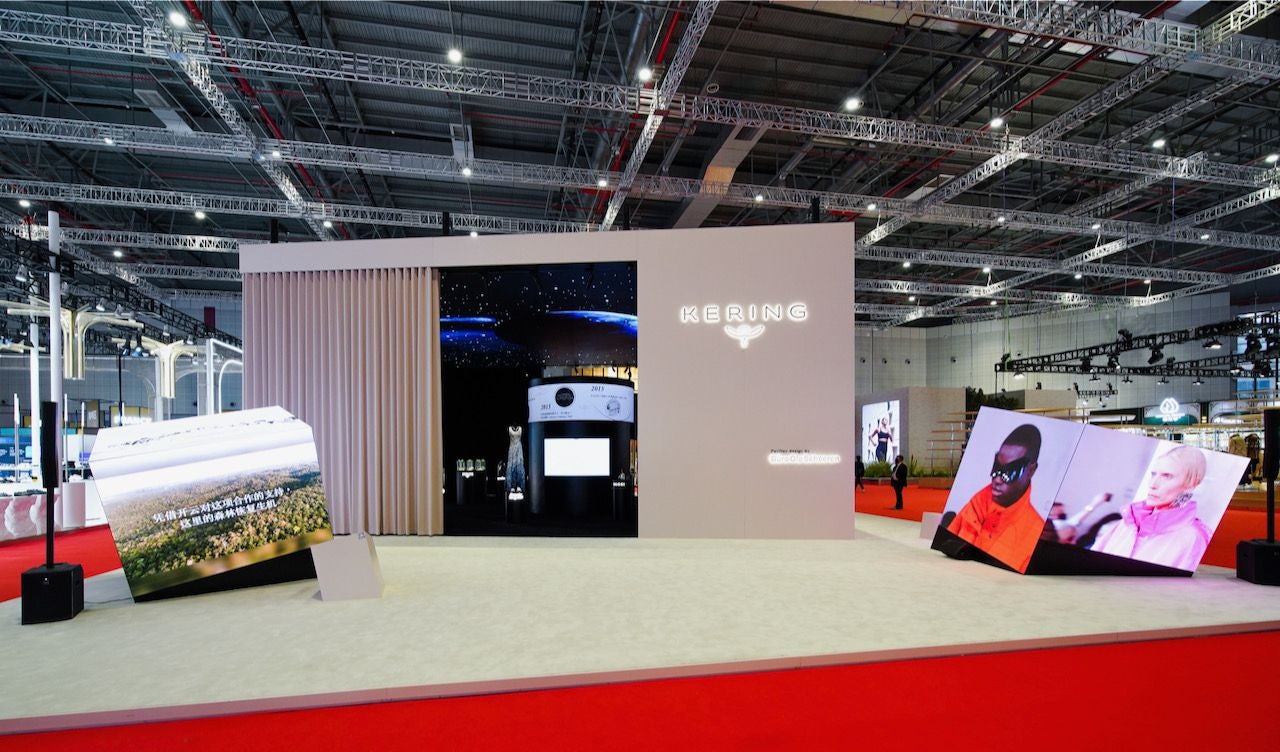In 2017, Chinese President Xi Jinping announced the creation of the annual China International Import Expo (CIIE). Its purpose is to expand “China’s opening-up” and turn the nation’s “enormous market into enormous opportunities for the world.” Since 2018, the government-backed expo has been held at the National Exhibition and Convention Center in Shanghai.
In 2021, over 2,900 enterprises from 127 countries participated in the six-day event, and the value of deals reached during it was 70.7 billion. This year, the fifth edition of CIIE hosted enterprises from 145 countries, including multiple brands under L’Oréal, Kering Group, and Richemont, and the value of intended deals jumped to 73.5 billion. Of those who attended, there were 284 Fortune 500 companies. The message from China’s latest Congress intimated that the country, despite “Dynamic Zero” COVID restrictions, does not want to isolate itself and welcomes more international trade.
The growing importance of CIIE#
Government-run trade fairs are not known for their glamor, nor appeal to cutting-edge fashion brands and design houses — even when partnered with prominent institutions such as the World Trade Organization. However, with COVID-19 restrictions still hampering business travel to China and making it nearly impossible for local citizens to shop abroad, access to the massive Chinese market has been siloed.
Previously, foreign brand teams and independent designers freely flew in for brand events, trunk shows and smaller expos. Since that’s now very difficult, these have largely stopped or activations have refocused on local teams when the China market presence is already established. The threat of sudden lockdowns or cancellations if an outbreak occurs also looms. Independent events run the gamut of these risks, but government ones can often mitigate many of them.
With access to the market largely limited to within Chinese borders, many big foreign consumer brands in beauty, fashion, tech and luxury have flocked to CIIE in past years. Brands are also keen to display innovation, strength and dedication to the China market, and doing this under a government event banner nods to a more formal commitment. The fact that President Xi delivers a keynote address at each CIIE speaks volumes about its importance to China.
Who attends CIIE and why?#
As one of the biggest commercial events in China, CIIE is divided into six areas: consumer goods, food and agriculture, automobile, intelligent industry and information technology, medical equipment and healthcare products, and trade in services.
The event also hosts forums and conferences that discuss the latest developments in various sectors. L’Oréal, for instance, just held the first-ever North Asia Beauty Industry Summit that explored the role of technology and innovation in the future of beauty at CIIE.
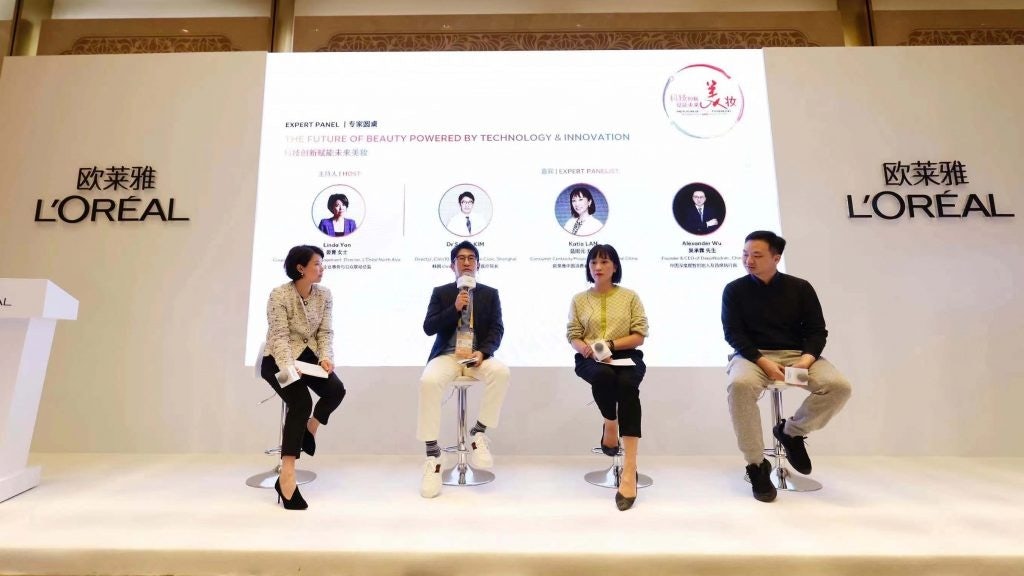
Aside from showcasing brands in the Chinese market, CIIE paints China as an adamant defender of globalization and international trade. It was no coincidence that the first CIIE was held just as the Trump administration started its trade wars. This year, as an op-ed from Global Times points out, CIIE takes on the extra significance of demonstrating China’s determination to remain “open.” It dispels speculations that the country wants to isolate itself simply to adhere to its strict “Dynamic Zero” pandemic policy.
The China-specific path for luxury#
For luxury houses, CIIE provides an opportunity to outline their visions for the mainland market. Case in point is the Kering Group, which has participated in CIIE for four consecutive years. This year, Kering presented all its houses in a grand pavilion designed by the renowned architecture firm Gensler. The layout resembled a free and interconnected galaxy, with Kering at the center and each house evolving in its own direction under a dome of a calm, clear summer sky. Notably, the 2022 theme reflected the literal meaning of Kering's Chinese name "opening clouds," highlighting the creativity and expertise of its brands.
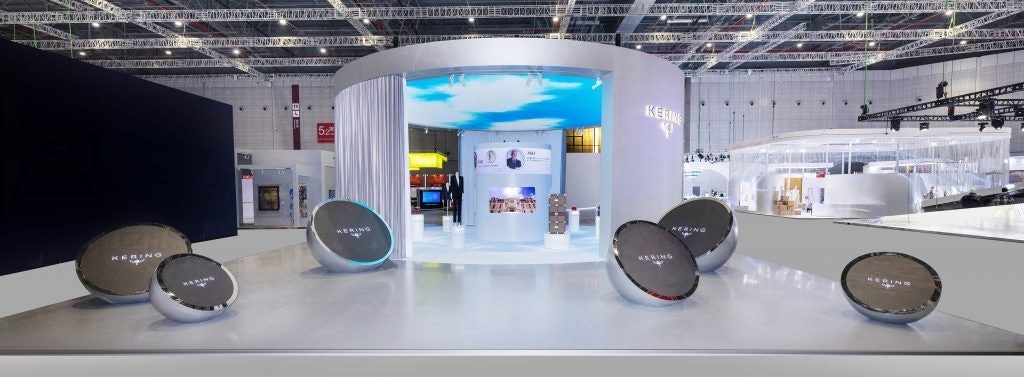
The event allows brands to highlight their latest and often exclusive offerings to the China market. It’s a opportunity to show cultural nuance and Chinese specific drops: Richemont’s Vacheron Constantin unveiled the Year of the Rabbit wristwatch in its “Legend of the Chinese Zodiac” series, while Cartier presented its China-exclusive Panthère Day Night Watch. Meanwhile, the focal point of Australian wine brand Penfolds’ exhibition was its recently-launched “One by Penfolds” series, which included grapes from China for the first time.
Pledging and advertising sustainable initiatives#
Sustainability was a core part of many brands’ messaging at this year’s expo. All this aligns with Beijing's narrative on sustainability and climate change, as well as Chinese consumers' rising consciousness for health and environmental issues when it comes to consumption.
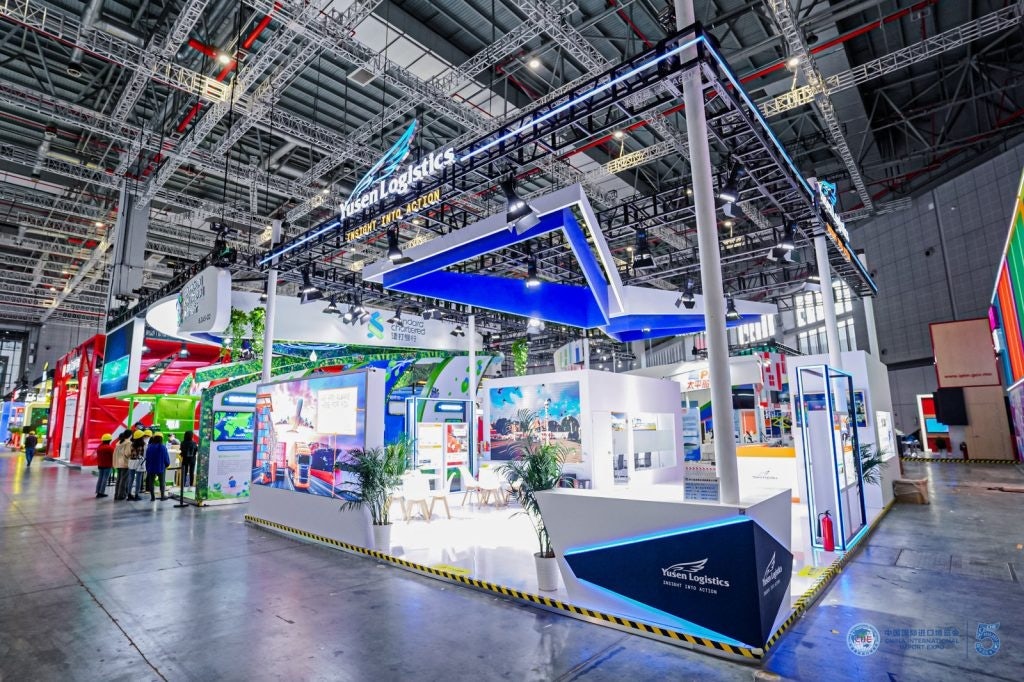
Kering’s pavilion was of an open circular design and constructed using reusable modular elements, signifying a circular economy with green consumption. “We are committed to driving our Houses to achieve the Group’s strategic vision of Modern Luxury with a sustainable and responsible business model,” explained Jean-François Palus, Managing Director of Kering.
Meanwhile, Nike showcased its collaboration with Alibaba’s Ant Forest campaign, which plants trees in China based on users’ low-carbon activities. For each pair of used sneakers recycled through Alipay, users can receive 1.3 kilograms of “green energy” in Ant Forest. Using its Nike Grind technology, Nike then turns recycled sneakers into construction materials to build sports fields in China. Over 25,000 pairs of sneakers have been recycled since the collaboration launched in September.
